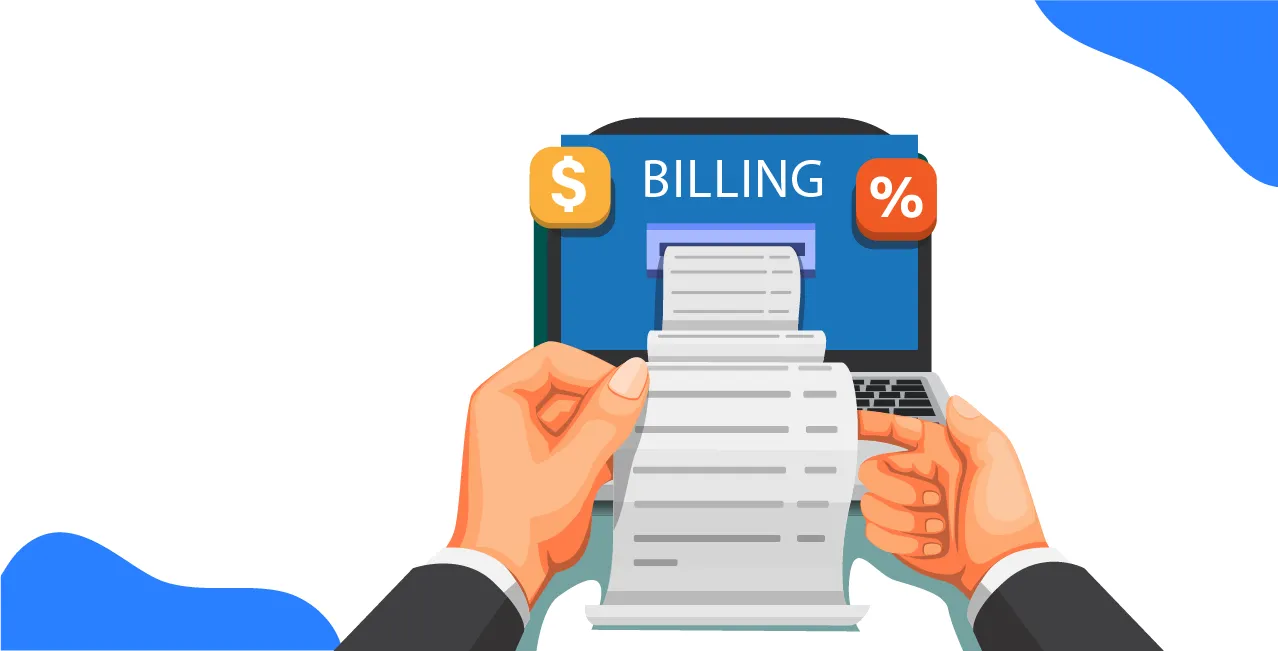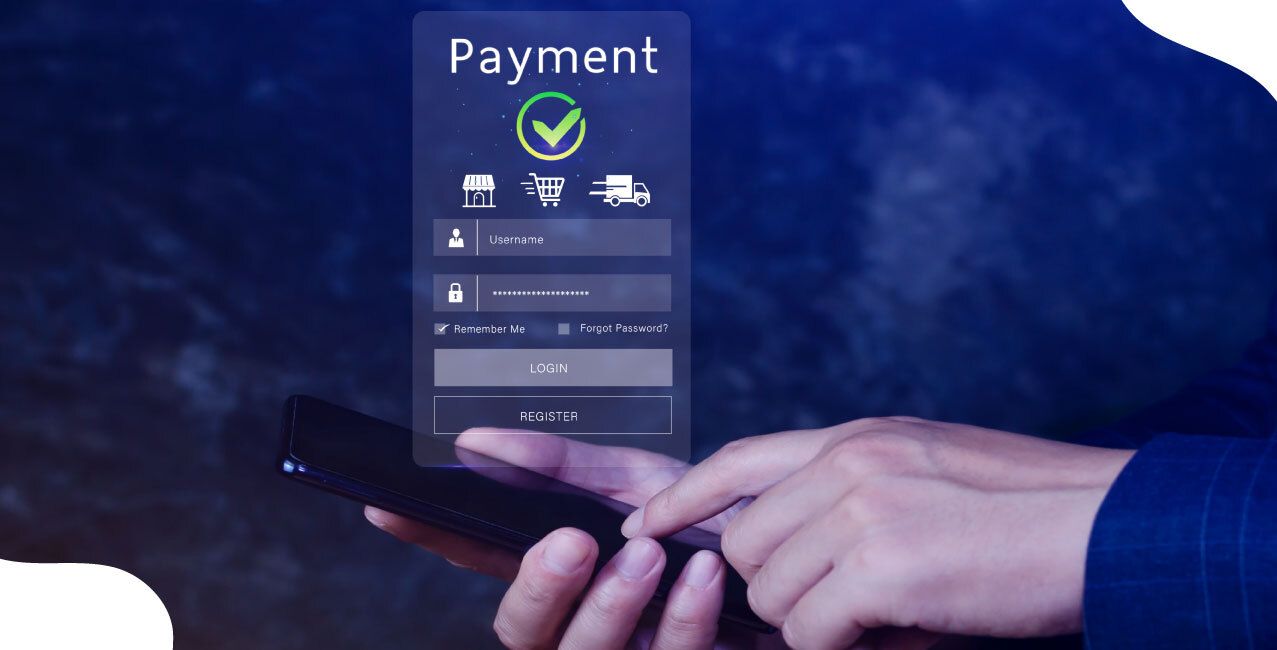
Author
LoansJagat Team
Read Time
6 Min
23 Jul 2025
What Is Billing : Meaning, Process & Importance in Business
Billing is the process of sending invoices to customers for goods or services they’ve received. It helps businesses get paid on time, track earnings, and maintain accurate financial records.
Running a business without a proper billing system can be a real headache—just look at Nisha’s story! She runs a boutique content agency in Pune with 5 regular clients. Each pays her ₹60,000 a month, so that’s ₹3,00,000 in total revenue.
But here’s the twist Nisha was sending manual invoices via email with no follow-ups. Three clients delayed payments by 20+ days, while her monthly expenses (₹1,50,000) kept piling up.
That’s when everything changed—she switched to automated billing.
Here’s how it helped:
- Invoices are sent instantly with 15-day terms
- Auto-reminders saved time chasing payments
- Payments started coming in within 10 days
- She tracked ₹3,00,000 income and ₹60,000 pending—on one dashboard
Pretty cool, right? Let’s break down billing and why it matters for every business!
What Is The Definition of Billing?
Billing is the process of generating and sending invoices to customers for goods or services they’ve received.
It plays a vital role in financial operations, helping businesses request timely payments and track revenue efficiently.
Accurate billing ensures smooth cash flow, maintains financial records, and supports overall business accountability and growth.
Why Is Billing Important?
Importance of Bills for Businesses:
Importance of Billing for Individuals:
What Are The Types of Billing?
What Are The Key Elements In A Bill?
Step-By-Step Process to Create a Billing Invoice
Read More – What is The Bill Of Exchange
Here’s a step-by-step process for the online billing cycle:
- Collect Customer Details: Gather accurate name, address, contact info, and payment preferences.
- Create Invoice: Generate a detailed invoice with itemised charges, taxes, and payment terms.
- Send Invoice: Deliver the invoice promptly via email or digital platforms.
- Receive Payment: Accept payments through multiple methods and set automated reminders.
- Reconcile & Report: Match payments with invoices and generate financial reports for tracking.
Here’s a step-by-step process for the offline billing cycle:
- Gather Customer Information: Collect accurate customer data using a CRM to ensure proper billing and data accuracy.
- Generate Invoice: Create clear, detailed invoices with itemised costs using billing software for consistency.
- Deliver Invoice: Send invoices promptly via email, post, or automated systems to avoid payment delays.
- Collect Payment: Offer multiple secure offline payment options and track payments accurately.
- Reconcile & Record: Match received payments with invoices and maintain organised financial records using accounting tools.
- Follow-up & Collections: Send reminders for overdue payments and manage collections ethically, offering flexible options if needed.
What is the Difference Between Billing and Invoicing?
Invoicing is a formal request for payment with detailed terms after delivering goods or servic
Also Read - Complete Guide to GST E-Invoicing & Registration
Billing is the full process of tracking, recording, and managing financial transactions and customer payments.
Example:
Priya runs a digital marketing agency and completes a ₹50,000 campaign. On the 1st of the next month, she sends an invoice with 15-day credit terms, detailing services, taxes, and payment due.
Billing, however, covers more it includes creating an invoice; updating accounts, recording income, and tracking unpaid amounts.
Using billing software, Priya monitors total monthly earnings of ₹3,50,000 from 7 clients and gets alerts for ₹1,00,000 still pending, ensuring timely follow-ups and smooth cash flow.
Difference Between Billing and Invoicing:
Conclusion
Billing isn’t just about sending invoices—it helps your business stay on track and get paid on time. From choosing the right billing type to understanding how it all works, it keeps things clear and stress-free.
Like Nisha and Priya, switching to smart billing can make a big difference. It’s simple, helpful, and just what every business needs to grow smoothly.
FAQs:
Q1: What is billing in business?
Billing is the process of sending invoices and managing payments for goods or services provided.
Q2: Why is accurate billing important?
Accurate billing ensures timely payments, smooth cash flow, and better customer trust.
Q3: What are the main types of billing methods?
Billing methods include project-based, subscription-based, time-based, usage-based, and hybrid billing.
Q4: How is billing different from invoicing?
Invoicing is a document requesting payment, while billing covers the entire payment and tracking process.
Q5: Can automated billing improve business efficiency?
Yes, it speeds up invoicing, reduces delays, tracks payments, and saves time with auto-reminders.
Other Related Pages | |||
About the Author

LoansJagat Team
‘Simplify Finance for Everyone.’ This is the common goal of our team, as we try to explain any topic with relatable examples. From personal to business finance, managing EMIs to becoming debt-free, we do extensive research on each and every parameter, so you don’t have to. Scroll up and have a look at what 15+ years of experience in the BFSI sector looks like.

Quick Apply Loan
Subscribe Now
Related Blog Post


